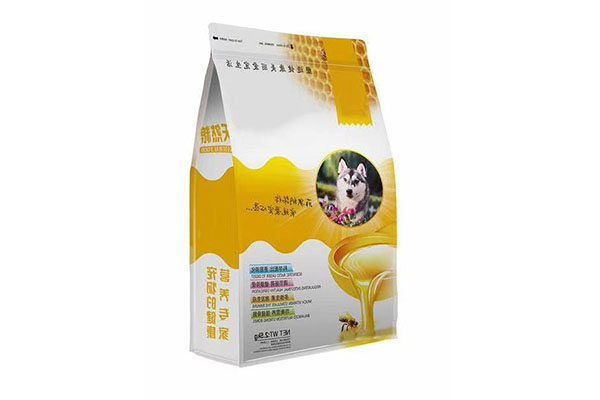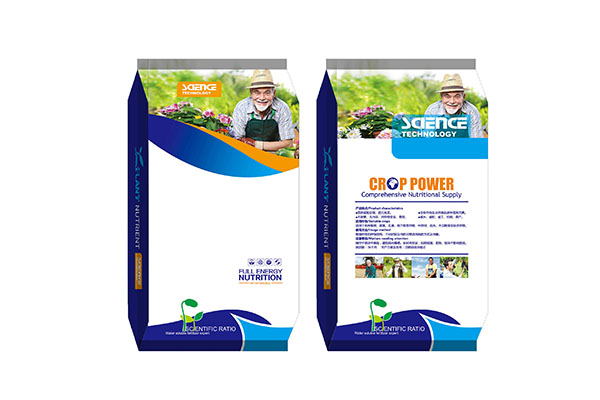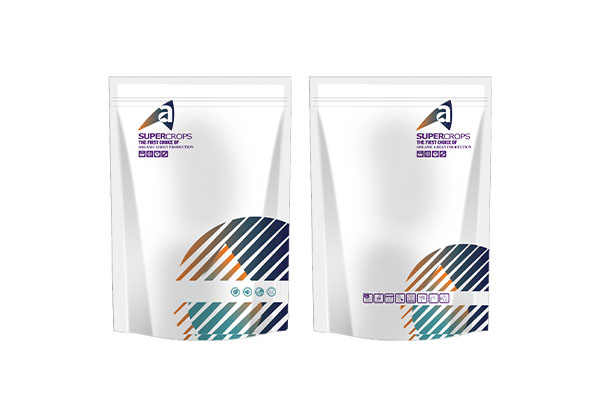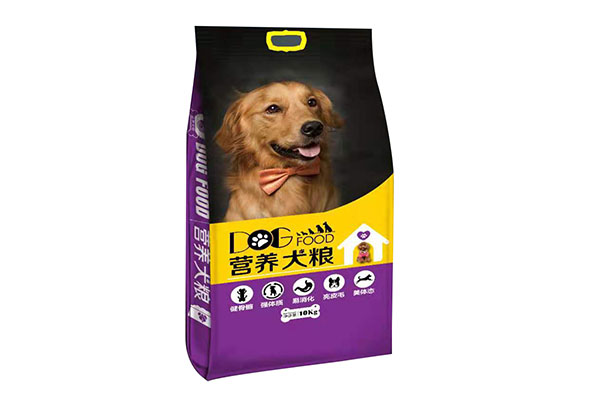Can the heat seal strength of a middle seal bag withstand the weight of the contents and the crushing during transportation?
Release Time : 2025-09-01
Middle seal bags are a simple, low-cost plastic packaging widely used in food, daily chemicals, stationery, and small commodities. Their core function is not only to contain the contents but also to provide reliable protection during the complex distribution process. Heat seal strength is a key performance indicator that determines whether a middle seal bag can meet this requirement. It directly affects whether the seal maintains integrity when subjected to internal pressure, external compression, drop shock, and transportation vibration, preventing quality issues such as bag breakage, air leakage, and liquid seepage.
The essence of heat seal strength is the bonding force formed by the diffusion and fusion of molecular chains in plastic materials under heat and pressure. The seal of a middle seal bag is located at the center of the back of the bag and is formed by two layers of film pressed together at high temperature. The success of this process depends not only on the precise temperature, pressure, and time settings of the heat sealer, but also on the material, thickness, surface cleanliness, and uniformity of the film used. When common thermoplastic materials like polyethylene and polypropylene reach their melting point, the molecular chains at the interface between the two layers entangle, forming a strong bond upon cooling. If the temperature is too low, the materials fail to fully melt and fuse, easily resulting in a weak seal. If the temperature is too high, it may burn through the film, resulting in a fragile seal. Insufficient pressure can lead to loose contact, while excessive pressure can squeeze out the molten material and weaken the seal.
In practical applications, middle seal bags face multiple challenges. The weight of the contents exerts continuous tension on the bottom seal, especially for granular, powdered, or liquid products. If the seal is not strong enough after filling, it may crack at the edge during stacking or handling. Bumps, squeezing, temperature fluctuations during transportation, and stacking pressure during storage all impose dynamic loads on the seal. If the heat seal is not strong enough, small cracks may gradually expand due to vibration, ultimately leading to package failure. Furthermore, plastic becomes brittle at low temperatures, making the seal area more susceptible to cracking. High temperatures can soften the seal, reducing its tensile strength. Therefore, heat seal strength must remain stable under varying climatic conditions.
In addition to physical pressure, the properties of the contents also affect seal durability. Sharp particles can puncture weak seal edges, while high levels of oil or chemical content can corrode the sealing material, reducing bond strength. Therefore, selecting a film material compatible with the contents and appropriately widening or reinforcing the seal are common practices to improve reliability. Some high-end middle seal bags also incorporate lining layers or employ multi-layer co-extrusion structures in the seal area to further enhance pressure and tear resistance.
The requirements for heat seal strength are even more stringent on automated packaging lines. During high-speed filling, bags are sealed in an instant, leaving minimal time for heat sealing, requiring materials with excellent thermal responsiveness and rapid cooling and setting capabilities. Furthermore, continuous operation places high demands on seal consistency; any fluctuation can lead to batch-wide seal defects. Therefore, stable raw material quality and precise equipment control are prerequisites for ensuring consistent and reliable heat seal strength.
Furthermore, the appearance of the heat seal is a key factor in determining quality. A smooth, bubble-free, and wrinkle-free edge seal is not only aesthetically pleasing but also visually demonstrates a complete seal. Air bubbles or open areas indicate an inadequate seal, creating stress concentration points and potentially leading to cracking under external forces.
In summary, the heat seal strength of a middle seal bag is the core guarantee for withstanding various mechanical stresses during distribution. It is not just a technical parameter but also a reflection of packaging safety and brand reputation. Through scientific material selection, optimized processes, and rigorous quality control, middle seal bags can withstand the weight of their contents and the stresses of transportation while ensuring a complete seal, providing reliable protection for products from production to consumption.
The essence of heat seal strength is the bonding force formed by the diffusion and fusion of molecular chains in plastic materials under heat and pressure. The seal of a middle seal bag is located at the center of the back of the bag and is formed by two layers of film pressed together at high temperature. The success of this process depends not only on the precise temperature, pressure, and time settings of the heat sealer, but also on the material, thickness, surface cleanliness, and uniformity of the film used. When common thermoplastic materials like polyethylene and polypropylene reach their melting point, the molecular chains at the interface between the two layers entangle, forming a strong bond upon cooling. If the temperature is too low, the materials fail to fully melt and fuse, easily resulting in a weak seal. If the temperature is too high, it may burn through the film, resulting in a fragile seal. Insufficient pressure can lead to loose contact, while excessive pressure can squeeze out the molten material and weaken the seal.
In practical applications, middle seal bags face multiple challenges. The weight of the contents exerts continuous tension on the bottom seal, especially for granular, powdered, or liquid products. If the seal is not strong enough after filling, it may crack at the edge during stacking or handling. Bumps, squeezing, temperature fluctuations during transportation, and stacking pressure during storage all impose dynamic loads on the seal. If the heat seal is not strong enough, small cracks may gradually expand due to vibration, ultimately leading to package failure. Furthermore, plastic becomes brittle at low temperatures, making the seal area more susceptible to cracking. High temperatures can soften the seal, reducing its tensile strength. Therefore, heat seal strength must remain stable under varying climatic conditions.
In addition to physical pressure, the properties of the contents also affect seal durability. Sharp particles can puncture weak seal edges, while high levels of oil or chemical content can corrode the sealing material, reducing bond strength. Therefore, selecting a film material compatible with the contents and appropriately widening or reinforcing the seal are common practices to improve reliability. Some high-end middle seal bags also incorporate lining layers or employ multi-layer co-extrusion structures in the seal area to further enhance pressure and tear resistance.
The requirements for heat seal strength are even more stringent on automated packaging lines. During high-speed filling, bags are sealed in an instant, leaving minimal time for heat sealing, requiring materials with excellent thermal responsiveness and rapid cooling and setting capabilities. Furthermore, continuous operation places high demands on seal consistency; any fluctuation can lead to batch-wide seal defects. Therefore, stable raw material quality and precise equipment control are prerequisites for ensuring consistent and reliable heat seal strength.
Furthermore, the appearance of the heat seal is a key factor in determining quality. A smooth, bubble-free, and wrinkle-free edge seal is not only aesthetically pleasing but also visually demonstrates a complete seal. Air bubbles or open areas indicate an inadequate seal, creating stress concentration points and potentially leading to cracking under external forces.
In summary, the heat seal strength of a middle seal bag is the core guarantee for withstanding various mechanical stresses during distribution. It is not just a technical parameter but also a reflection of packaging safety and brand reputation. Through scientific material selection, optimized processes, and rigorous quality control, middle seal bags can withstand the weight of their contents and the stresses of transportation while ensuring a complete seal, providing reliable protection for products from production to consumption.







